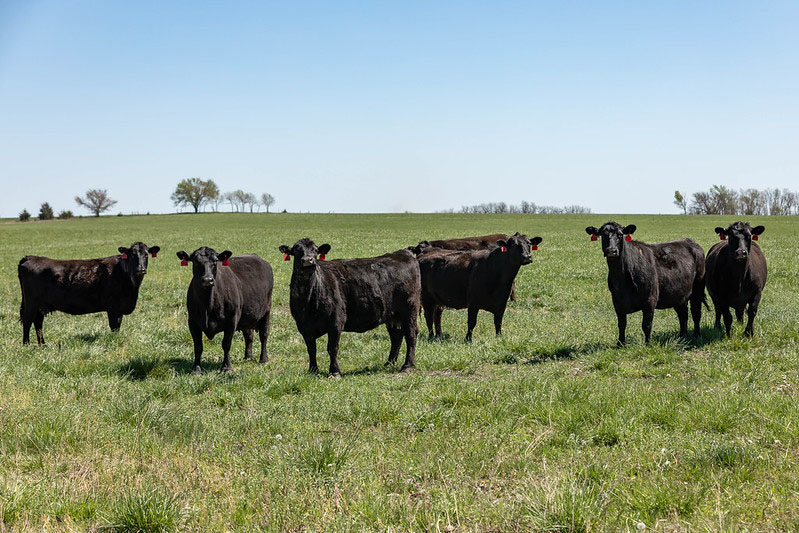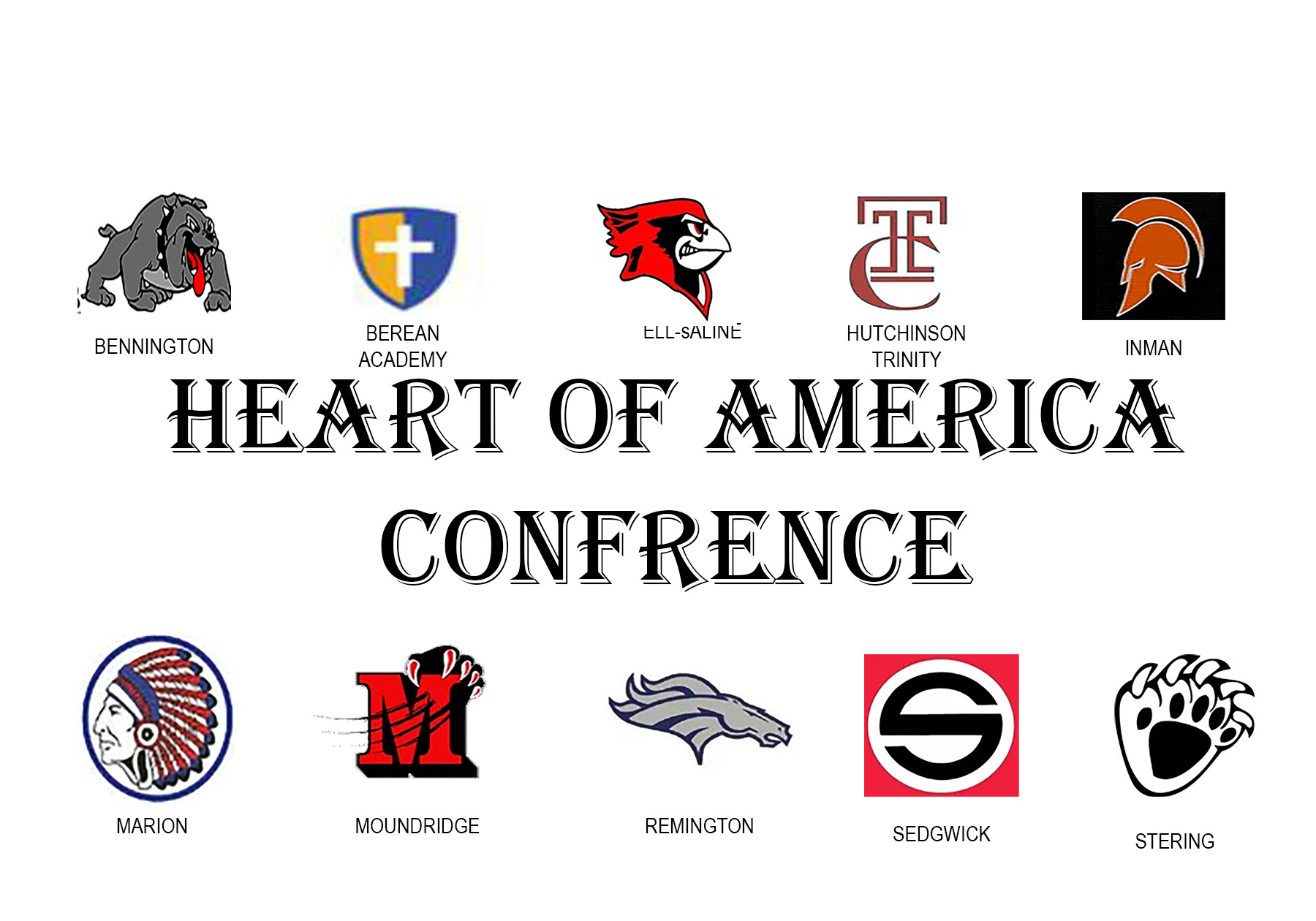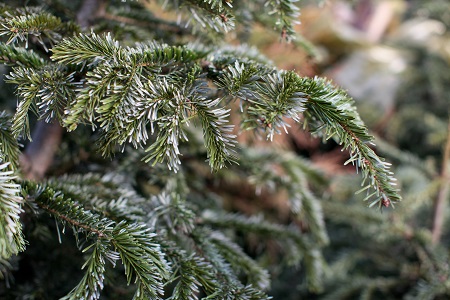As native grasses turn green in May, many Kansas beef producers will often transition the cow-calf herd to grazing pastures for the summer months. Ahead of the pasture turnout, experts at Kansas State Universities Beef Cattle Institute share steps for beef producers to take to make this season go well for all.
Speaking on a recent Cattle Chat podcast, agricultural economist Dustin Pendell, and veterinarians Brian Lubbers, Bob Larson and Brad White provided their respective top tips for producers.
Pendell: “Review the lease agreement to make sure you understand which expenses are yours versus the landowners. And if adjustments need to be made, now is a good time to have a conversation with the landowner.”
Lubbers: “Walk the pasture and check the fences to make sure they are in good condition. Good fences not only keep the animals in, but it keeps them safe from a potential injury.”
Larson: “When you are walking the pastures, also check the water source. Make sure there is adequate water available and that it is easily accessible. If ponds are very low, it may mean creating a path to the water source by spreading gravel or fencing cattle out of areas where they may get bogged down.”
White: “Anticipate how you might handle the cattle in the case where you have to treat a sick animal in the pasture. That may mean portable panels to help guide the cattle to a trailer for treatment.”
Along with White’s point about having a plan to handle the calves, Lubbers added that producers need to think through how they would manage the treatment of one to two cases versus a whole herd outbreak.
They also stressed the importance of having people who understand the natural movement of cattle be the ones involved in their care.
Also, when driving in pastures, it is important to get out of the vehicle and let the cattle see the person walking on foot so they can become familiar with having people around them.



